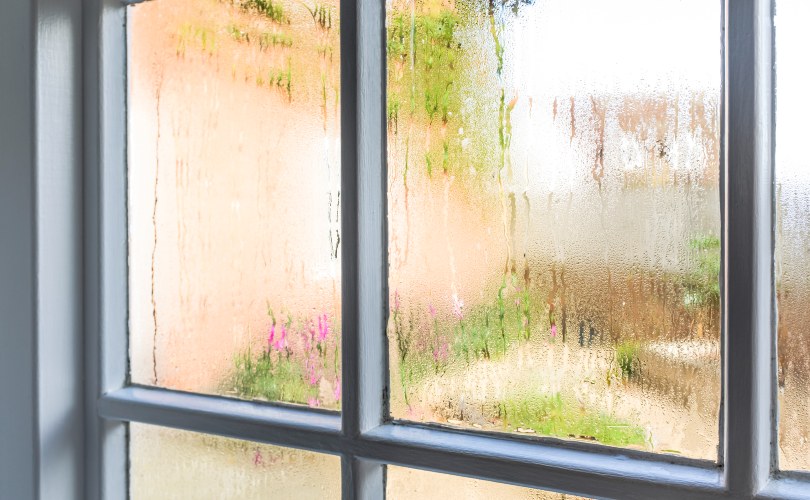Amidst the summer haze, as homeowners bask in the cool embrace of their air conditioners, an essential query often arises: does running the AC fan influence indoor humidity? Addressing this can help optimize indoor comfort and the efficiency of the AC unit. Delve into this article as we break down the interaction between your AC’s fan and household humidity, interweaving insights through expert hyperlinks.
Does Running the Fan On My Air Conditioner Reduce Humidity?
1. The AC Operation: A Quick Refresher
To grasp the fan’s impact on humidity, one must first understand the AC’s primary functions. An air conditioner doesn’t just cool the air; it also removes moisture. When the system cools air, it condenses water vapor into water, reducing humidity. This process is explained in more depth by HowStuffWorks.
2. The Role of the AC Fan: Constant Air Movement
When set to ‘on’, the AC fan circulates air continuously, regardless of the cooling cycle. While this ensures even temperature distribution, it may not allow the condensed moisture to drain away efficiently. The interplay between the fan and moisture removal is discussed on Energy Vanguard.
3. Moisture Return: A Potential Downside
Running the fan constantly can lead to an unexpected issue. When the cooling cycle stops but the fan continues, the moisture on the evaporator coils might get blown back into the room, negating some of the dehumidification benefits. This phenomenon is well-articulated by Building Science Corporation.
4. Energy Considerations: Efficiency vs. Comfort
Continuous fan operation can increase energy consumption. However, the constant air movement might make rooms feel more comfortable even if they’re slightly humid. Balancing energy costs with comfort is a subject touched upon by Energy Star’s guidelines.
Fan Usage and Humidity: Best Practices
- Automatic Mode: Using the fan in ‘auto’ mode typically allows moisture to drain from the coils between cooling cycles.
- Consider a Dehumidifier: If high humidity is a persistent issue, integrating a dehumidifier with your HVAC system can help.
- Regular Maintenance: Ensure your AC unit’s drain lines and evaporator coils are clean for optimal moisture removal.
- Smart Thermostats: Modern thermostats often have settings that optimize fan usage for balanced temperature and humidity.
Concluding Thoughts
Running the fan continuously on an AC unit can have both benefits and drawbacks concerning indoor humidity. While it aids in even temperature distribution, it might counteract the dehumidifying function of the AC. A judicious blend of fan usage, regular maintenance, and supplemental solutions will pave the way for a comfortable, humidity-controlled environment.
FAQs
Q: Can a ceiling fan help in reducing indoor humidity?
A: While ceiling fans don’t reduce humidity directly, they can make a room feel cooler, allowing for higher thermostat settings on your AC.
Q: How do I know if the humidity in my home is too high?
A: Sticky or clammy skin, fogged windows, and a musty smell are indicators. You can also use a hygrometer to measure indoor humidity levels.
Q: Is there an ideal humidity level for indoor spaces?
A: Yes, maintaining indoor humidity between 30% and 50% is generally considered ideal for comfort and health.
Zeeshan is a seasoned tech expert and senior writer at Teckrr.com. With over 10 years of experience in tech journalism, he brings insightful analysis and up-to-date information on the latest tech trends. Zeeshan holds a MBA degree from Business and Tech University and is known for his engaging writing style and ability to demystify complex tech topics. Stay connected with the cutting-edge of technology through his expert lens.

Leave a Reply